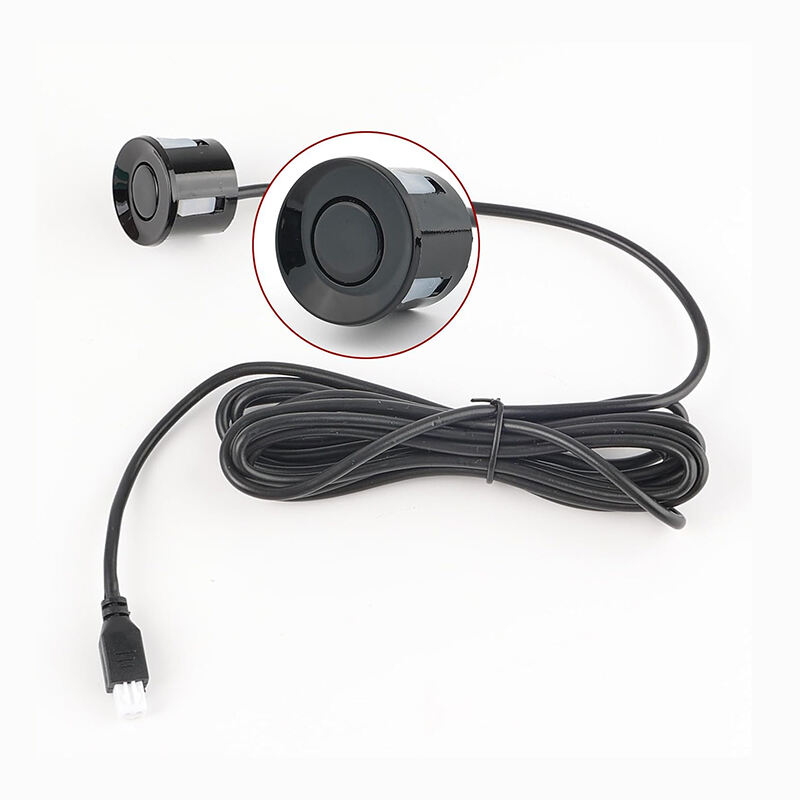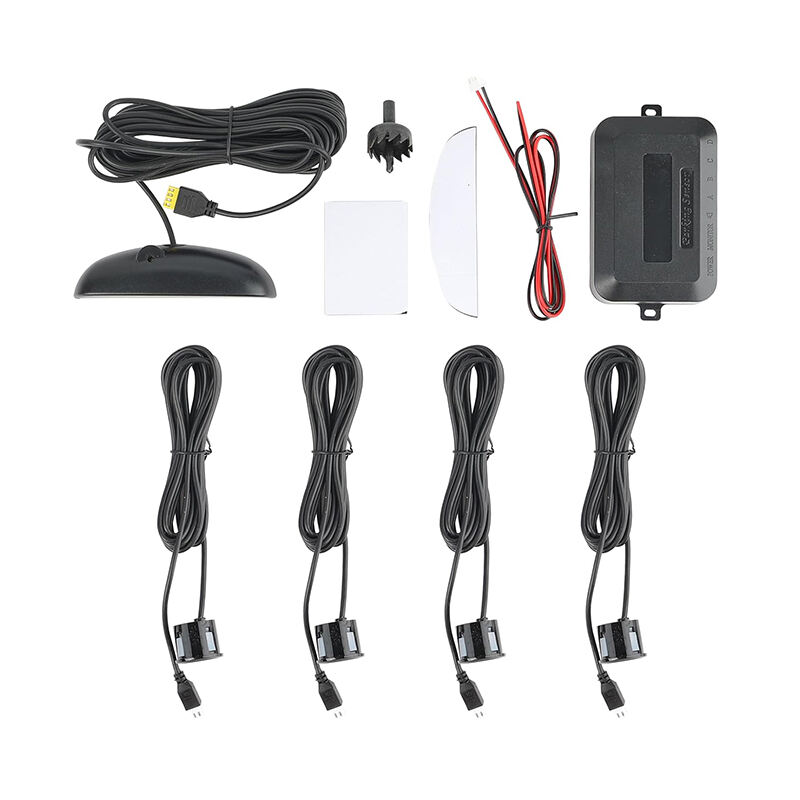передній датчик паркування для автомобіля
Датчики переднього паркування для автомобілів є важливим досягненням в сфері автотехнологій безпеки, призначені для допомоги водіям у навігації в тісних просторах та запобігання зіткненням під час маневрування при паркуванні. Ці сучасні пристрої використовують ультразвукові датчики, стратегічно розташовані на передньому бампері автомобіля, щоб виявляти перешкоди та надавати водію реальну інформацію в режимі реального часу. Система працює шляхом викидання високочастотних звукових хвиляў, які потрапляють на поручні об'єкти та повертаються до датчиків. Контрольний блок потім обчислює відстань між автомобілем та можливими перешкодами, враховуючи час, необхідний для повернення цих хвиль. Коли водій наближається до об'єктів, система надає все більш напружений аудіовізуальний сигнал через комбінацію гучкого звучання та візуальних індикацій. Сучасні передні датчики паркування зазвичай мають зону виявлення від 0,3 до 2,5 метрів, що робить їх особливо ефективними для виявлення низьких перешкод, які можуть знаходитися за межами безпосереднього поля зору водія. Технологія працює у різних метеоумовах та ситуаціях освітлення, забезпечуючи стабільну продуктивність незалежно від факторів середовища. Ці датчики без проблем інтегруються з іншими системами безпеки автомобіля, такими як задньокамерні камери та системи огляду на 360 градусів, щоб забезпечити повну допомогу при паркуванні.


